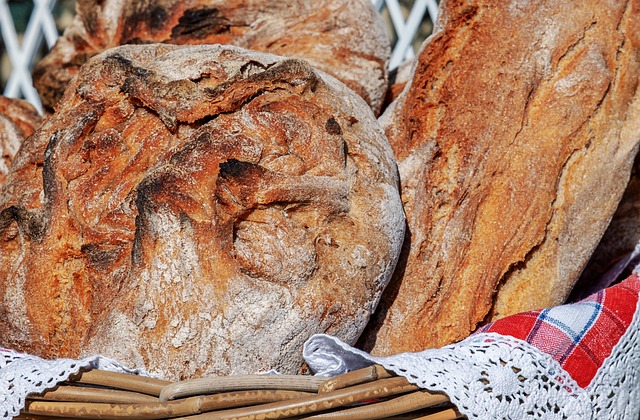One of the important aspects of doing a detox diet is getting the poisons all the way out of your system. In my past when I would do water fasts to clean out my system, there was no consideration for this need. Water fasting is a very traditional method of detoxification, but I now believe that the level of toxic buildup we are generating in our bodies need updated methods. Many of our modern toxins will simply reabsorb into our blood stream from our colon and small intestine after they are expelled by the liver in the bile. We have to bind the poisons to various agents that will capture them and then sweep them out of our body.

So how do you sweep out your insides? The answer is with insoluble fiber. The only food in the modern American that has any appreciable insoluble fiber is wheat bran. The American diet is massively lacking in fiber as it is, and if you do not eat whole wheat, then getting fiber to sweep out your insides can be a real problem. I used to think that I got plenty of fiber because of all the vegetables I ate. Eating big salads and piles of cauliflower and Brussel sprouts seemed like a guarantee of enough fiber, but it is not. For instance a cup of cooked cauliflower is only 2.5 grams of insoluble fiber. Romaine lettuce is only 0.6 grams per cup. So 2 cups of veggies and a big salad might provide me only 8 grams of fiber to move things along in my gut. The average American only ingests 15 grams of total fibers per day, and only a small portion of that is insoluble fiber. A healthy level is at least 30 grams of fiber per day. Our ancestors ate an average of 80 to 120 grams of fiber per day.
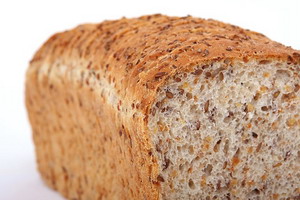
One factor that may confuse the issue is the difference between soluble and insoluble fiber. When you look at the nutrition information on the label of packaged products it will tell you the fiber content, but it will not discriminate between the two types of fiber. The soluble fiber is what provides food for the good guy bacteria in your gut – very important. However, soluble fiber is not what pushes your bowel contents along and out. That job is for the insoluble fiber that neither we nor our gut bugs can digest. Basically insoluble fiber is wood chips – cellulose – the woody parts of plants that enables them to stand up stiffly. They act like broom straws to brush the intestines and colon clean.
I have a large number of different soluble fibers at home that I use to make my gut repair formula since the wider the number of good fibers you intake, the more diverse and healthy your gut microbiome will be. My go to insoluble fiber has always been psyllium husk powder which is about 40% insoluble fiber. But just a teaspoon or two of psyllium husk powder will turn my smoothie into a thick slimy sludge. That gets hard to take after a couple mornings. So, what to do to sweep out my insides?
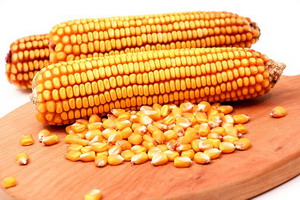
Well, I found an amazing alternative to wheat bran – corn bran. Corn bran is 90% insoluble fiber, gluten free, and actually works like a reasonable alternative flour. Since it has no stretchy gluten in it, it functions much like almond flour in gluten free baking. But the amazing thing is that unlike almond flour, it is low calorie and low carbohydrate. The is the dieter’s holy grail. Almond flour is low carb, but it is high in fat, so it is high calorie. It works for those of us doing a Keto lifestyle and a gluten free life, but it is definitely not waist friendly.
A quarter cup of corn bran is 22 grams of fiber, 2.5 grams of carb, 1 gram of protein, and no sugar or fat. That means all of 10 calories per quarter cup!
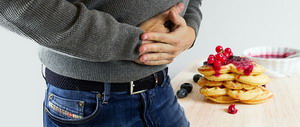
Special warning is appropriate here. The insoluble fiber content is so high, that you have to be careful not to eat too much at once. I would limit consumption to 1/8th of a cup at a time. That is 11 grams of insoluble fiber all at once. Be sure to drink beverage with this as the fiber will need water to move it along. Too much fiber at once and you risk a bowel blockage. With that understanding, some wonderful possibilities open up for baking low carb, low fat, high fiber products.
For my particular situation I was needing just straight fiber to sweep the toxins out of my body. I was already taking activated charcoal, chitosan, chlorella, and thiols to grab the poisons being dumped into my small intestine from my liver. I just needed the fiber to push it the rest of the way out of my body. Corn bran looked like the ideal way to do this. Its very low calorie level and carb level would not disturb my fasting metabolism.

For my purposes the ideal way to use this fiber was in the form of a flat bread. Most if not all cultures have some sort of flat bread tradition. Just take your ground flour, add some water and salt, and make it into a patty and cook it on a hot surface. East Indian’s have their roti, middle east has pita and lavash, Italy has focaccia, Norway has flatbrod, and South America has tortillas. There are dozens more. Following this basic tradition I added water and salt to some corn fiber and got a paste I could roll out between two layers of plastic wrap with a rolling pin. Cooking it in a hot skillet gave me a grainy dry corn tortilla-like flat bread that was hard to choke down. I might be able to use it as a fiber source, but not happily. I thought about how I could make this dry bran softer and moister so that it would be easier to swallow. I thought I might be able to achieve this with a little psyllium powder, since it holds water so well and was slimy. This dry stuff needed a little slime to get it down the hatch.
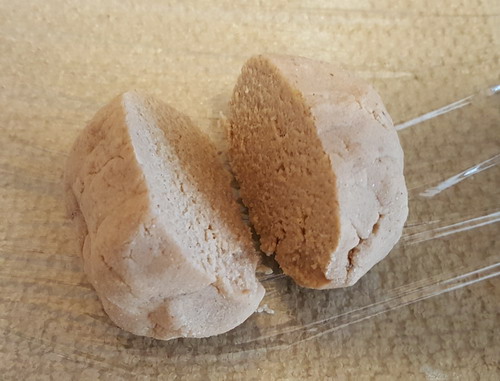
Something magic happened when I added a little bit of psyllium to the corn bran. The dry grainy texture disappeared and a lovely soft thick tortilla, almost a pita, resulted. It was soft and chewy, but still needed some flavor. My next batch I added a teaspoon of fish sauce to give it a deeper flavor and I added a teaspoon of Cholula hot sauce. Now we were on to something – soft, chewy, and flavorful. A quarter cup of corn bran made two flat breads, each with about 12 grams of fiber and only 10 calories from 2.5 grams of carb. This was perfect for my detox fast. One of these in the morning after my black charcoal shake and one in the evening after another charcoal shake and my system was getting rid of toxins.
Here is my recipe:
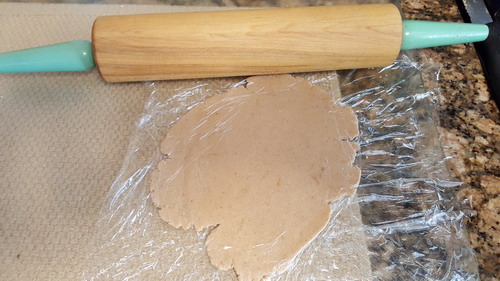
¼ cup corn bran
11/2 tsp to 2 tsp psyllium husk powder
¼ tsp salt
1 tsp fish sauce
1 tsp. Avocado oil (optional)
1 tsp hot sauce (optional)
¼ cup + 1 tbs. Water
Mix this all up into a pliable dough ball – not sticky. It may need a few drops of extra water – just play with it until a play-dough texture is achieved.
Cut the dough into two pieces and roll it out into a tortilla thin circle and cook in a hot skillet until lightly browned. These can be stored in the fridge until eaten.
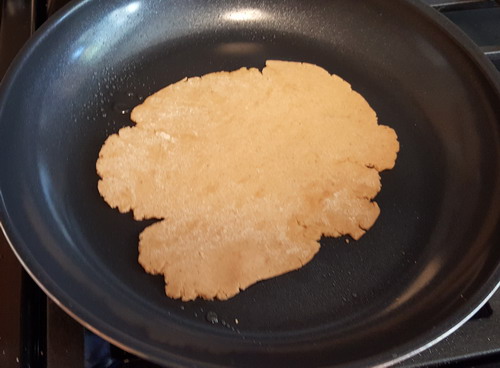
Today I experimented on a recipe for a hamburger bun using half corn bran and half almond flour. The first run seems to look good, but I need to see how it turns out once it has cooled. The hot one I sampled was raw feeling inside, so I put everything back in the oven for an extra 10 minutes. We shall see.
